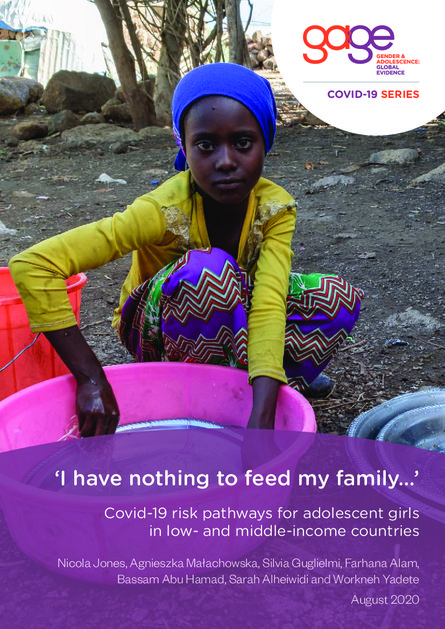
Unlike the H1N1 influenza virus, to which younger people were relatively more susceptible, and Ebola, where adolescents were at greater risk than younger children but at lower risk than the most-affected age group (35–44 years), the demographic burden of covid-19 is highly skewed towards older persons aged 70 and over. Age-disaggregated statistics suggest that adolescents are least likely to be hospitalised and to die from covid-19. Young people have typically been portrayed in the mainstream media as ‘part of the problem’ – as both vectors of the disease and as reluctant to adopt preventive measures, rather than as key actors to be proactively included in the emergency and recovery responses.
So why should we pay attention to the adolescent and gender-specific effects of covid-19? As the spike in unemployment and predictions of global recession underline, covid-19 is not only an unprecedented health crisis but also a profound economic and social one.
This is the first in a series of briefs. It focuses on the short-term effects of covid-19 and associated lockdowns on adolescent girls and boys in LMICs. The next brief will focus on the effects of the pandemic six months after lockdowns.